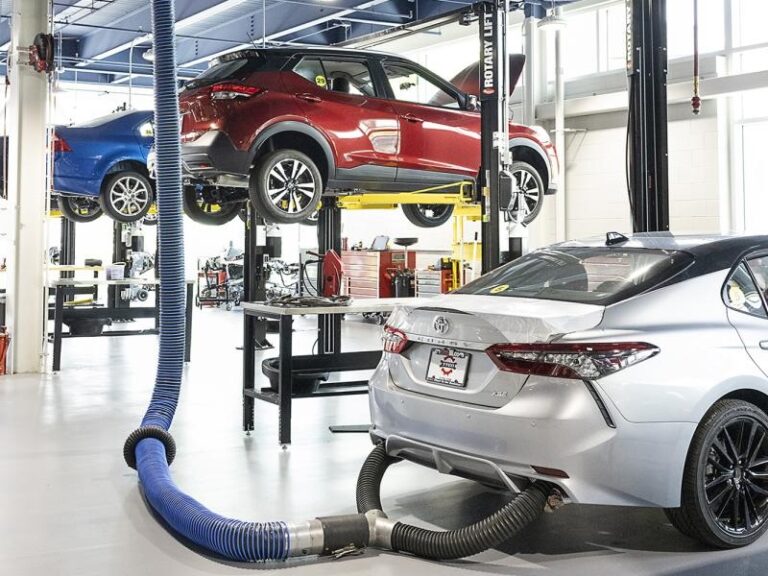Engine oil dipsticks have been updated in newer cars, among other changes. Some drivers may find this inconvenient, however there are other ways to monitor oil level and quality without a dipstick. By knowing these tactics, you can keep your car in good shape and drive safely.
Utilize the Vehicle’s On-board Diagnostics
Oil level information is available via modern on-board diagnostic systems in many new automobiles. If you need assistance understanding these systems, the experts at Auto Repair in North Royalton, OH can help. Turn on the ignition without starting the motor to access this data, then use the center console or steering wheel controls to manipulate the digital display. Check the maintenance or oil level area for oil changes or low levels. However, different cars have variable gauge accuracy, so use this information as a suggestion rather than a precise measurement.
Monitor the Oil Change Light
Most modern cars include oil change indicators that alert you to oil changes based on mileage and road conditions. This reminds you to check your oil often without measuring it. Dashboard warning lights should be treated carefully. Check your oil levels or schedule routine maintenance when the oil change indicator shows to prevent engine difficulties.
Check Engine Performance and Noise
If you can’t check your oil, you can rely on how your engine runs and sounds. Ticking or knocking may indicate low oil levels or dirty oil that can’t lubricate the engine. Get a mechanic’s advice if your car has trouble starting or stalling due to oil issues. Monitoring your car’s operation is important because minor errors can worsen and cause engine damage if ignored.
Check Smoke or Oil Leaks
Visual inspection is another approach to assess engine oil health. Check the driveway or parking area for oil leaks. Oil puddles or streaks on the ground may indicate a car leak and low oil levels. Smoke from the engine while driving may indicate low or dirty oil, which could cause overheating. In each case, research and a trained technician are recommended.
Use an Oil Quality Testing Kit
Despite their unpopularity, oil quality testing kits can replace dipsticks for engine oil testing. Many of these kits require sending a little oil sample to a lab for testing. The results can indicate the oil’s viscosity, pollutants, and condition, helping you decide whether to change it or maintain it. Even though it seems extra, this strategy is worth it for engine performance enthusiasts.
Conclusion
Frequent car maintenance is the best defence against low or dirty oil. Reliable repair shops can change your oil according to manufacturer standards and maintain ideal levels. Knowing your car’s maintenance plan and digital health data can reassure you that its engine is healthy. Remember that preventative maintenance is much cheaper than engine damage caused by low oil levels.


Comments are closed.